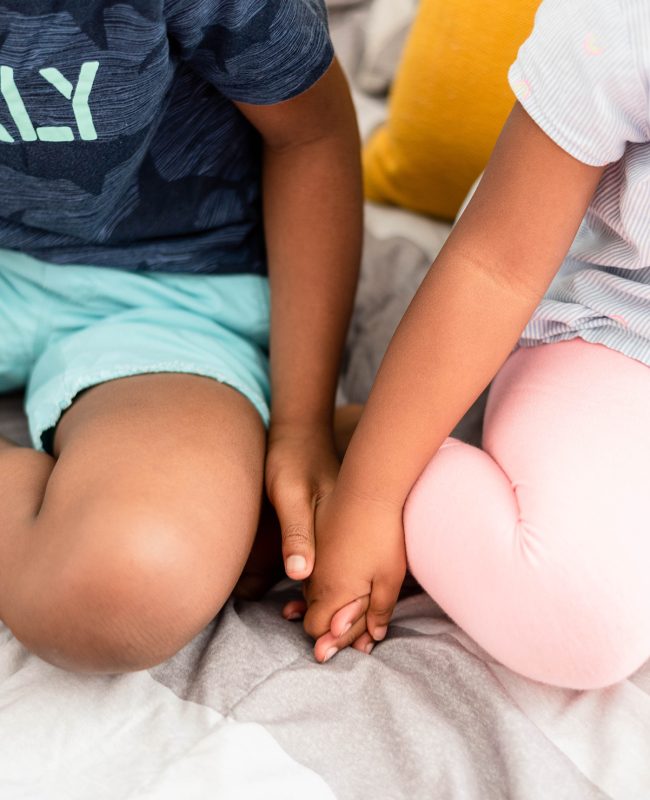Gratitude: Google defines it as:
The quality of being thankful; readiness to show appreciation for and to return kindness.
It means giving thanks, appreciation, acknowledging what you have, being mindful, receiving, and taking notice. Expressing gratitude allows you to shift your focus and become open to the receiving. It helps you to focus on what you have not what you don’t have. It creates an awareness of what you like in your life and want more of. This focuses you to attract more. Giving thanks also strengthens relationships. Who doesn’t want to hear thanks once in a while? As a mom, I know that hearing those words makes everything I do worthwhile. And from a health perspective, gratitude reduces stress and makes us happier.
Check out this research from Dr. Robert Emmons lab.
◦ In an experimental comparison, those who kept gratitude journals on a weekly basis exercised more regularly, reported fewer physical symptoms, felt better about their lives as a whole, and were more optimistic about the upcoming week compared to those who recorded hassles or neutral life events (Emmons & McCullough, 2003).
◦ A related benefit was observed in the realm of personal goal attainment: Participants who kept gratitude lists were more likely to have made progress toward important personal goals (academic, interpersonal and health-based) over a two-month period compared to subjects in the other experimental conditions.
◦ A daily gratitude intervention (self-guided exercises) with young adults resulted in higher reported levels of the positive states of alertness, enthusiasm, determination, attentiveness and energy compared to a focus on hassles or a downward social comparison (ways in which participants thought they were better off than others). There was no difference in levels of unpleasant emotions reported in the three groups.
◦ Participants in the daily gratitude condition were more likely to report having helped someone with a personal problem or having offered emotional support to another, relative to the hassles or social comparison condition.
◦ In a sample of adults with neuromuscular disease, a 21-day gratitude intervention resulted in greater amounts of high-energy positive moods; a greater sense of feeling connected to others, more optimistic ratings of one’s life, and better sleep duration and sleep quality, relative to a control group.
◦ Children who practice grateful thinking have more positive attitudes toward school and their families (Froh, Sefick, & Emmons, 2008).
So lets get started!
Ways you can share your gratitude:
1. Keep a gratitude journal: Keep it simple, easy to follow and FUN! Check out mine.
2. Write a letter of thanks or appreciation. It is not important that the letter actually get to the recipient.
3. Make a gratitude creation: paint a picture, sketch, cut and paste, create something that represents what you are thankful for.
4. Dinner time gratitude: each day go around the table and share what you are thankful for today.
5. Gratitude Jar: each day place your thought in the jar and once a month as a family read what is in the jar
6. Once a month have a thank you note party. Each person in your family creates 1 note to send to someone to say thanks
7. Smile and say thanks when someone helps you
8. Do a good deed for someone else and expect nothing in return.
9. Gratitude hat: Put everyone’s name in a hat in your family and once a week pull a name out. Everyone goes around and shares what they are grateful for about that person. Each week pick a different name. Once everyone has gone, put the names back in and start over.
10. Nightly Shares: Each night have your child share with you what they were grateful for that day. As the parent, you can share what you are grateful for as well and optimally have it involve that child.
Remember people like to hear thanks, feel appreciated and see signs of thanks! Don’t be shy, pass it around.













